E-commerce Growth
The rapid growth of e-commerce is significantly impacting the Resealable Packaging Bags Market. As online shopping continues to gain traction, the demand for effective packaging solutions that ensure product safety during transit is paramount. Resealable bags offer an ideal solution for e-commerce businesses, providing protection against damage while allowing for easy opening and resealing by consumers. This trend is particularly evident in sectors such as food delivery and subscription services, where packaging plays a critical role in customer satisfaction. The e-commerce packaging market is projected to expand, suggesting that the Resealable Packaging Bags Market will benefit from this upward trajectory as businesses seek reliable and efficient packaging options.
Sustainability Initiatives
The Resealable Packaging Bags Market is increasingly influenced by sustainability initiatives. As consumers become more environmentally conscious, there is a growing demand for packaging solutions that minimize waste and utilize recyclable materials. Companies are responding by developing resealable bags made from biodegradable or recyclable materials, which not only appeal to eco-friendly consumers but also comply with stringent regulations regarding packaging waste. This shift towards sustainable practices is expected to drive market growth, as businesses seek to enhance their brand image and meet consumer expectations. In fact, the market for sustainable packaging is projected to grow significantly, indicating a robust opportunity for the Resealable Packaging Bags Market to align with these trends.
Technological Advancements
Technological advancements play a crucial role in shaping the Resealable Packaging Bags Market. Innovations in materials and manufacturing processes have led to the development of more durable and versatile resealable bags. Enhanced sealing technologies, for instance, improve the longevity and effectiveness of resealable closures, thereby increasing consumer satisfaction. Furthermore, advancements in printing technology allow for better branding and product information on packaging, which can influence purchasing decisions. The integration of smart packaging technologies, such as QR codes and sensors, is also emerging, providing additional value to consumers. These technological developments are likely to propel the Resealable Packaging Bags Market forward, as they meet the evolving needs of consumers and businesses alike.
Convenience and Functionality
Convenience and functionality are pivotal drivers in the Resealable Packaging Bags Market. As lifestyles become increasingly fast-paced, consumers prioritize packaging that offers ease of use and practicality. Resealable bags provide a user-friendly solution, allowing for easy access and storage of products. This convenience is particularly appealing in sectors such as food and personal care, where freshness and usability are paramount. The market for resealable bags is projected to expand, with estimates suggesting a compound annual growth rate that reflects the rising consumer preference for functional packaging. This trend indicates that the Resealable Packaging Bags Market is well-positioned to capitalize on the demand for convenient packaging solutions.
Health and Safety Regulations
Health and safety regulations are increasingly influencing the Resealable Packaging Bags Market. As consumers become more health-conscious, there is a heightened focus on packaging that ensures product safety and hygiene. Resealable bags are often designed to meet stringent health standards, making them a preferred choice for food and pharmaceutical products. Compliance with these regulations not only protects consumers but also enhances brand trust and loyalty. The market for health-conscious packaging solutions is expected to grow, indicating that the Resealable Packaging Bags Market is likely to thrive as companies prioritize safety and compliance in their packaging strategies.


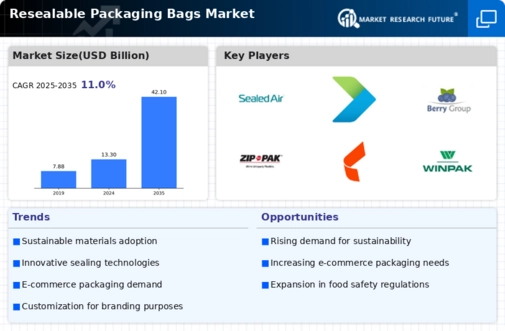
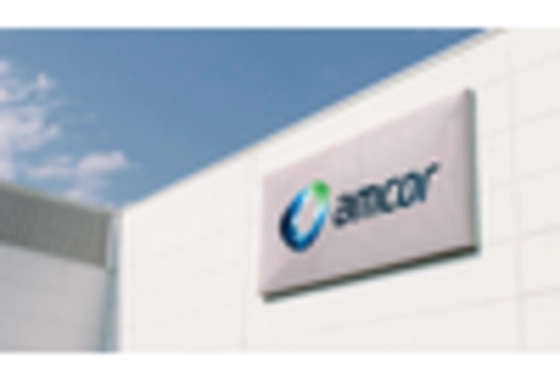

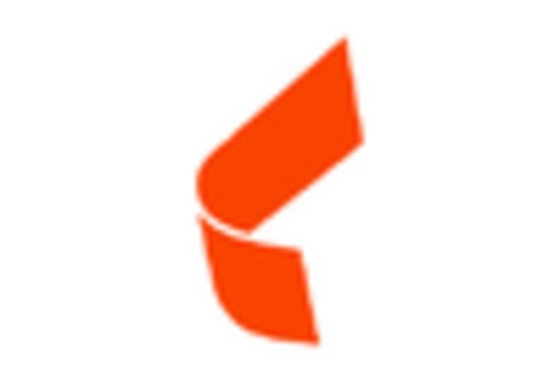
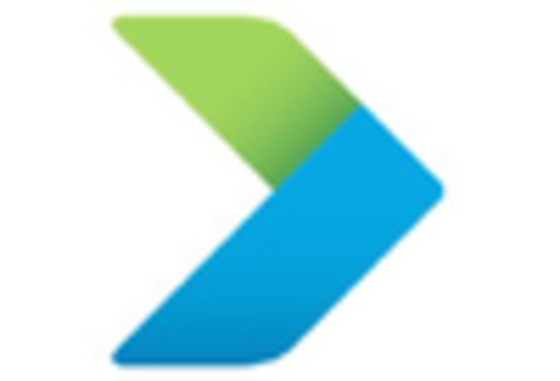
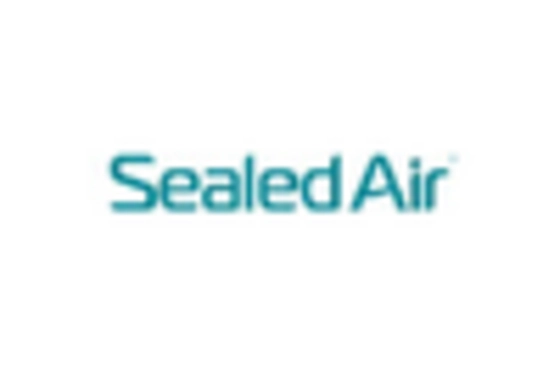
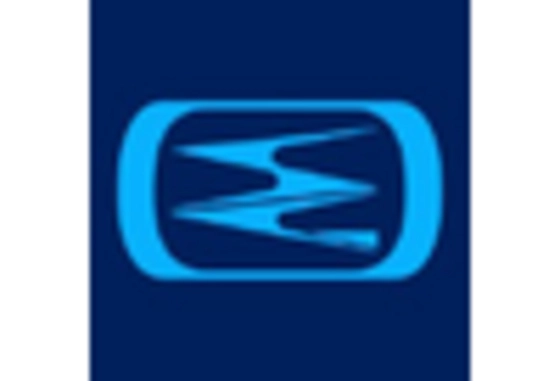








Leave a Comment